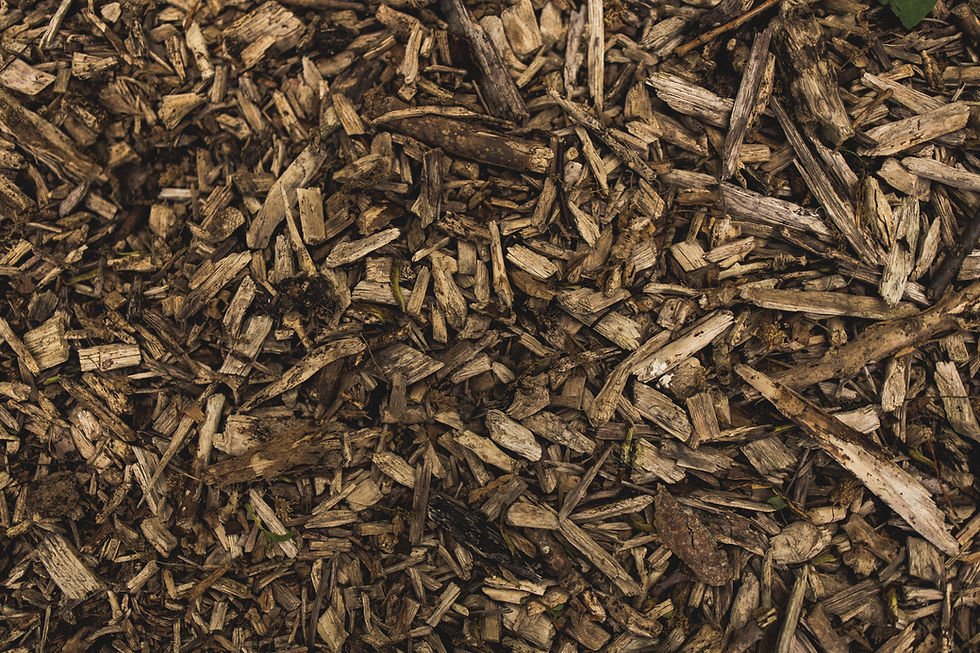As winter settles in, New Zealand's gardens undergo a quiet transformation, but that doesn't mean they should be neglected. In fact, the colder months offer a prime opportunity for gardeners to prepare, rejuvenate, and lay the groundwork for a vibrant spring. In this comprehensive guide, we'll explore essential tasks for winter gardening in New Zealand, from pruning and composting to nurturing the soil with liquid seaweed and humic acid.
1. Pruning and Tidying Up: Setting the Stage for Spring Splendor Before the chill sets in, seize the moment to prune back perennials and tidy up your garden beds. Remove dead or diseased foliage, and cut back overgrown branches to encourage healthy growth come spring. Pay special attention to roses, deciduous trees, and shrubs, ensuring they're primed for their seasonal slumber. Pruning not only enhances the aesthetic appeal of your garden but also promotes better air circulation and reduces the risk of pests and diseases. Now is also the perfect time to prune back Dahlias and Peonies and dig and divide. Digging and dividing is optional, as they are happy to stay stored in the ground. Dahlias may need a good layer of compost to keep warm in locations that experience heavy frosts.

2. Composting and Mulching: Nourishing the Earth Composting is the backbone of sustainable gardening, and winter is an ideal time to bolster your compost supply. Gather fallen leaves, spent plants, and kitchen scraps to create nutrient-rich compost that will enrich your soil in the months ahead. As you layer organic matter onto your compost heap, incorporate garden debris and kitchen waste, and turn the pile regularly to encourage decomposition. Once ready, apply compost generously to your garden beds, replenishing the soil with vital nutrients and organic matter.
Mulching is another essential practice for winter gardening, helping to insulate soil, retain moisture, and suppress weeds. Apply a thick layer of mulch around plants, focusing on vulnerable perennials, bulbs, and newly planted specimens. Materials such as straw, shredded leaves, and bark chips are excellent choices for mulching, providing a protective blanket that shields roots from frost and temperature fluctuations.

3. Nurturing the Soil: Liquid Seaweed and Humic Acid Winter is the perfect time to fortify your soil with essential nutrients, and liquid seaweed and humic acid are valuable allies in this endeavor. Liquid seaweed is a nutrient-rich tonic derived from seaweed, packed with trace minerals, amino acids, and growth hormones that stimulate root development and overall plant health. Apply Green Fingers Liquid Seaweed to your garden beds to invigorate soil microbes, enhance nutrient uptake, and boost plant resilience.
Humic acid, derived from decomposed organic matter, is another powerhouse supplement for soil health. Rich in organic carbon, humic acid improves soil structure, increases water retention, and enhances nutrient availability. Incorporate Green Fingers Humic Acid into your winter gardening routine to nurture soil life, promote root growth, and fortify plants against environmental stressors.

4. Planning and Preparation: Seed Sowing and Garden Design While the garden may seem dormant in winter, it's the perfect time for planning and preparation. Use the quieter months to envision and design your dream garden, considering factors such as layout, plant selection, and hardscaping elements. Research and select seeds for cool-season crops that thrive in New Zealand's winter climate, such as kale, spinach, and winter greens. Start seeds indoors or in a sheltered spot to give them a head start before transplanting them into the garden once the weather warms.
Additionally, take advantage of the offseason to tackle garden maintenance tasks such as sharpening tools, repairing structures, and updating and repairing irrigation systems. By investing time and effort into planning and preparation now, you'll lay the foundation for a successful growing season ahead.

Embrace the Winter Garden and Reap the Rewards Winter gardening in New Zealand presents a wealth of opportunities for nurturing and revitalising your outdoor space. From pruning and composting to nurturing the soil with liquid seaweed and humic acid, each task plays a vital role in preparing your garden for the seasons to come. By embracing the winter garden and attending to its needs with care and intention, you'll set the stage for a springtime spectacle that delights the senses and nourishes the soul.
As you embark on your winter gardening journey, remember that every task you undertake contributes to the health and vitality of your garden, ensuring it thrives year-round. Embrace the rhythm of the seasons, and let the winter garden work its magic, laying the groundwork for a flourishing landscape that brings joy and beauty to your life.


Comments